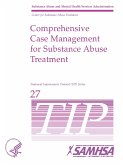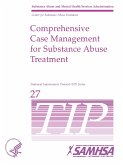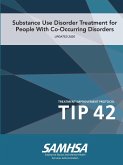Unemployment and substance abuse may be intertwined long before an individual seeks treatment. Although the average educational level of individuals with substance abuse disorders is comparable to that of the general U.S. population, people who use substances are far more likely to be unemployed or underemployed than people who do not use substances. According to the U.S. Census Bureau, employment rates for the non- substance-using population ranged from 72.3 percent in 1980 to 76.8 percent in 1991. However, employment rates of the population with substance abuse problems before admission or at admission to treatment have remained at relatively stable, low levels since 1970, ranging from 15 to 30 percent. Most of the research on the employment rates of persons with substance abuse disorders has focused on opiate-dependent persons (usually heroin), and employment rates for other substance users may vary. The data clearly indicate the need for interventions to improve employment rates...








